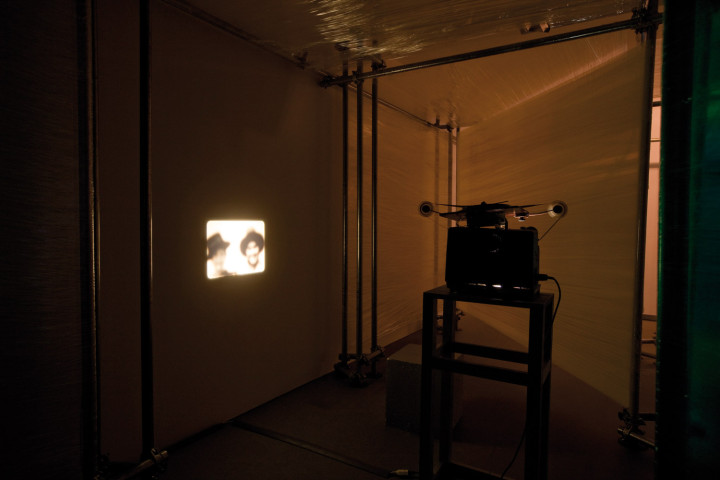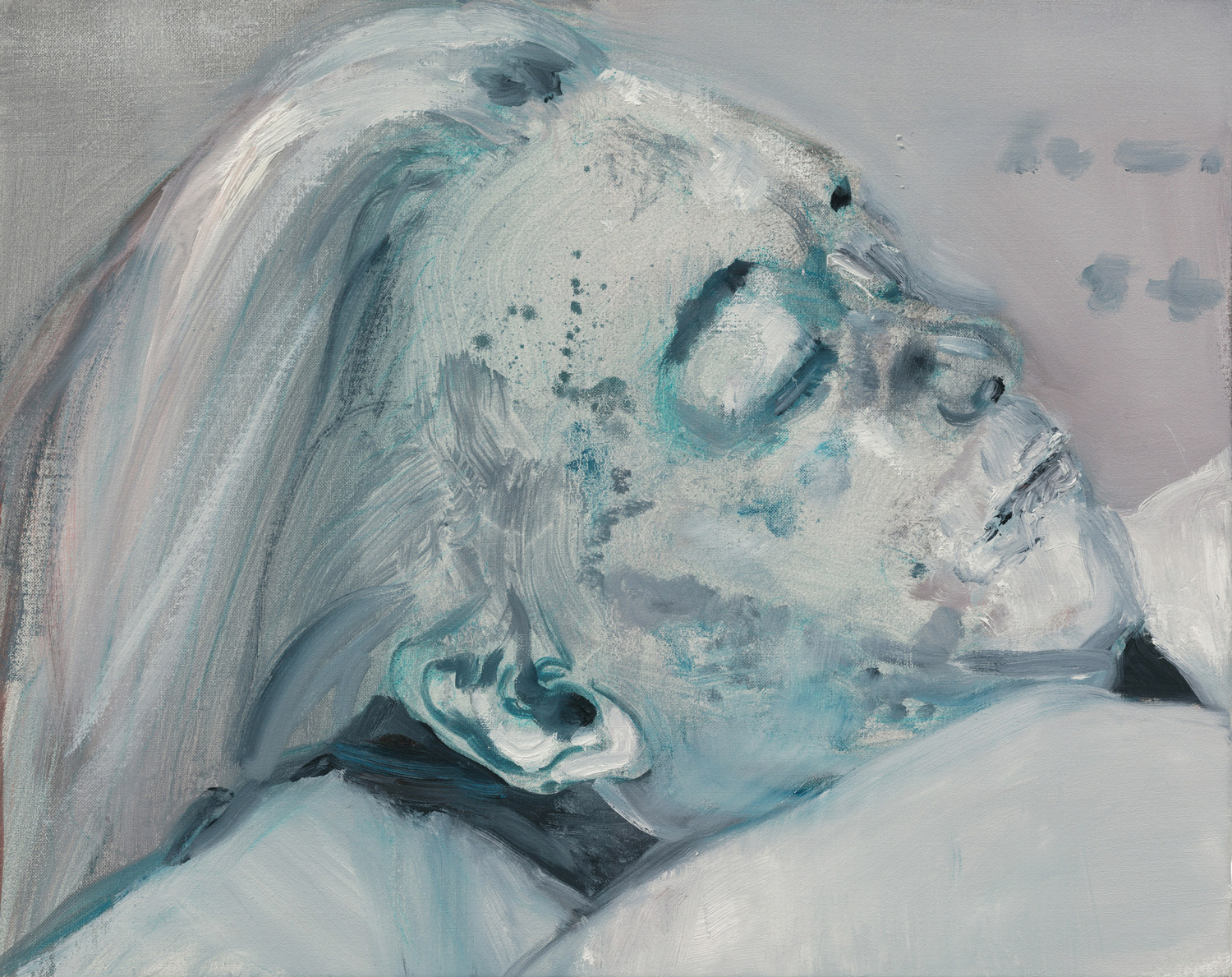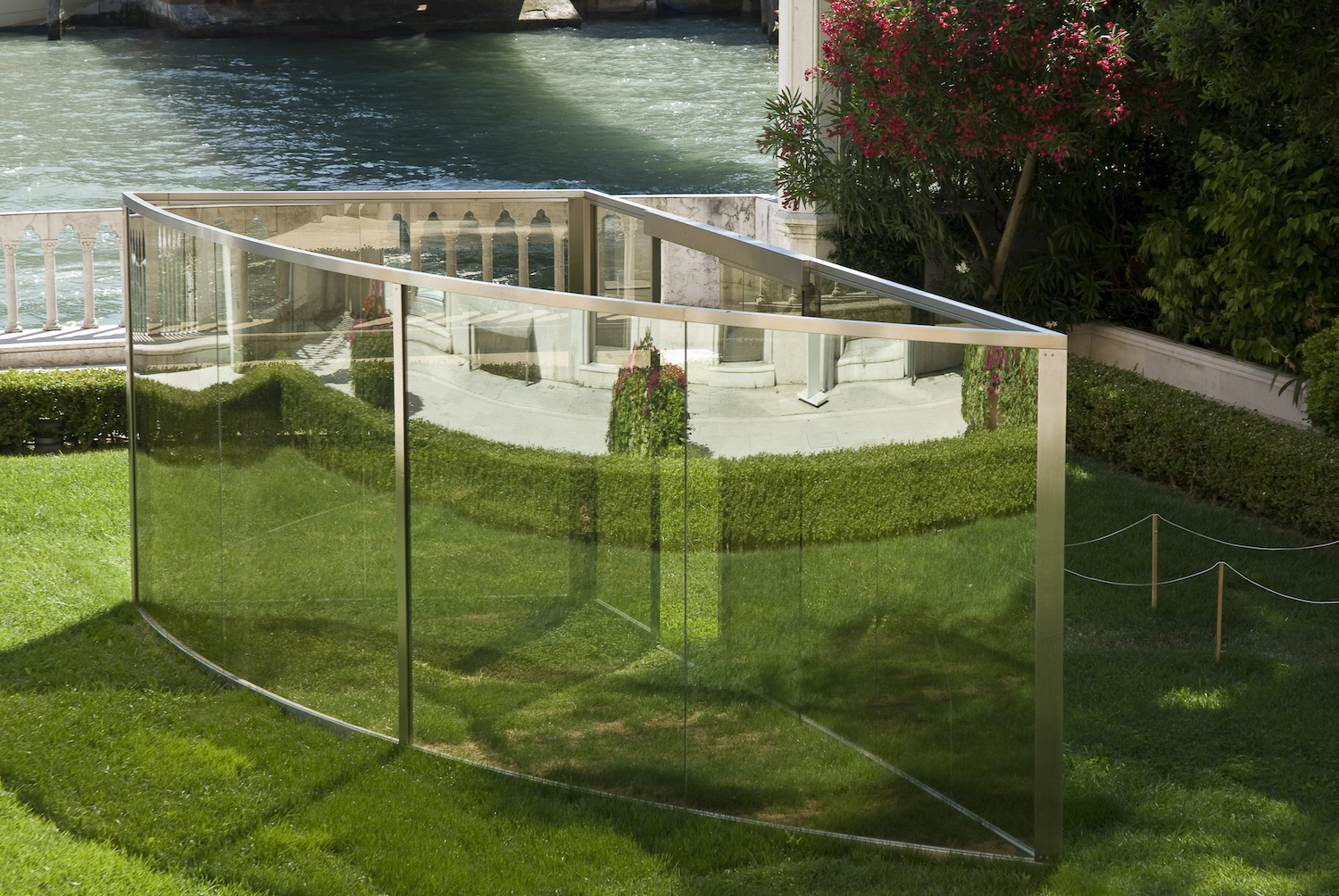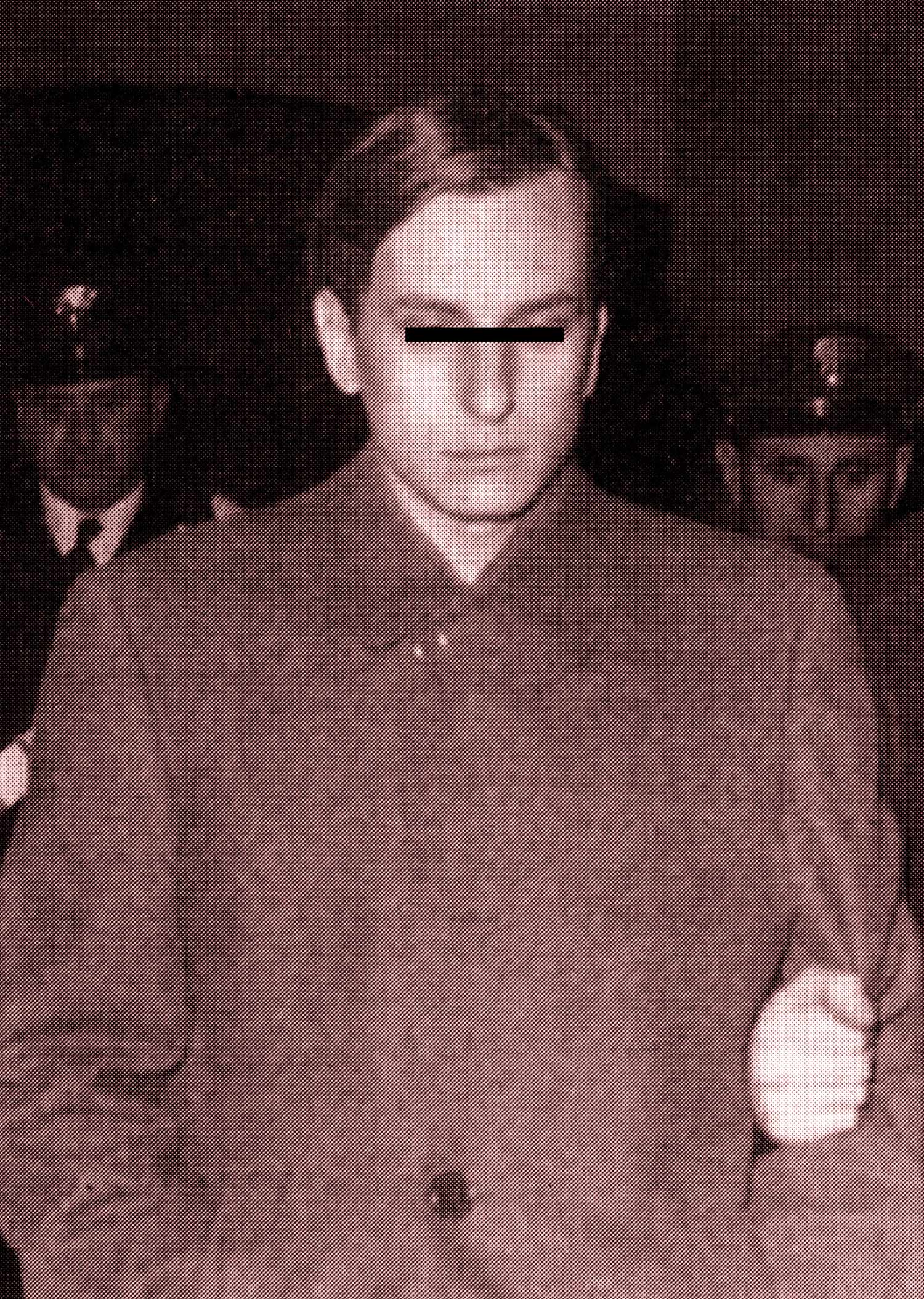
The Kunsthaus Zurich and the Folkwang Museum in Essen are simultaneous hosts of the exhibition “Restless Subject,” the first solo exhibition in the German-speaking world by the artist Runa Islam, who was nominated for the most recent Turner Prize.
For the exhibitions in the two museums, she created formats tailored to each location with the help of the Slovenian artist Tobias Putrih. One older work (First Day of Spring, 2005) and three more recent works (Assault, The Restless Subject and The house belongs to those who inhabit it, all from 2008) were on display, with the premiere of her film Untitled (2008), developed in collaboration with both museums as the highlight of the exhibition.
The installation in Kunsthaus Zurich connects the various 16-mm projections through its architecture. Slovenian scaffolds were wrapped in colored plastic film and map a route through the exhibition. Visitors moving through the room are visually and acoustically aware of the film, but can only catch fragmentary glimpses of it through the thick layer of overlapping pieces of plastic film. Only the 2005 work is presented in the classic external Black Box.
Like her earlier works, the new film is a highly poetic creation, combining analytical and sensual modes in many ways; Islam explores the basis of filmic illusions and gives the act of seeing a central role. It springs from an event within the artist’s family. After her grandfather’s house in Bangladesh was cleared, his remaining relatives, scattered all over the world, received a family photo album. The photographs were a record of her grandfather’s life, a life marked by Indian tradition. This treasure trove inspired Islam to reflect on the meaning and use of photography and its (re)presentation. At the beginning of the film a black-and-white photograph can be seen from a distance on a wall above an old wooden table. The individual camera shots are long and almost static. The camera approaches the object from different perspectives. It stops, pauses and moves on, and repeatedly zooms in to focus on details. The photograph shows three women in traditional Bengali dress. One woman has a gun in her hand. The huntresses are looking at the camera, proud of their prize — the freshly killed stag lying in front of them. Although Islam is revealing part of her personal family history to us here, she leaves it unfocused, thereby making it archetypal. No details are revealed, and the film camera’s perception makes the already blurry photographs even more abstract. All we can see are the lines and color tones, which remain until the camera pans back and starts again.
The artist gives no indication of how the film should be read, choosing to reveal the research of forms that goes into her artwork instead. In her most recent work, she continues to use this research to explore camera movement and ‘film as language.’
The exhibition title, “Restless Subject,” is a reference both to the moving picture and to today’s highly individualized society, which is continually moving. Islam’s 16-mm films, shaped by a specific interest in the documentary form, continually exceed the boundaries of the genre.
Finally, there is always a connection to be made with the sociopolitical background. The viewer cannot help but recall the colonial history linking India and England, as with earlier works by Islam (Be the first to see what you see as you see it, 2004). On one hand, the three women appear in traditional costume, while on the other hand they are shown as huntresses, a culturally unusual role. In this latest work, Runa Islam has again succeeded in uniting sociopolitical content with an experiment in form.





